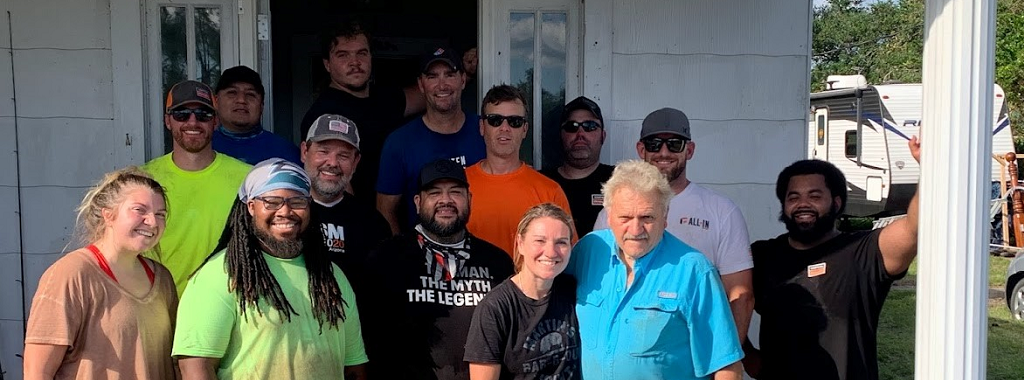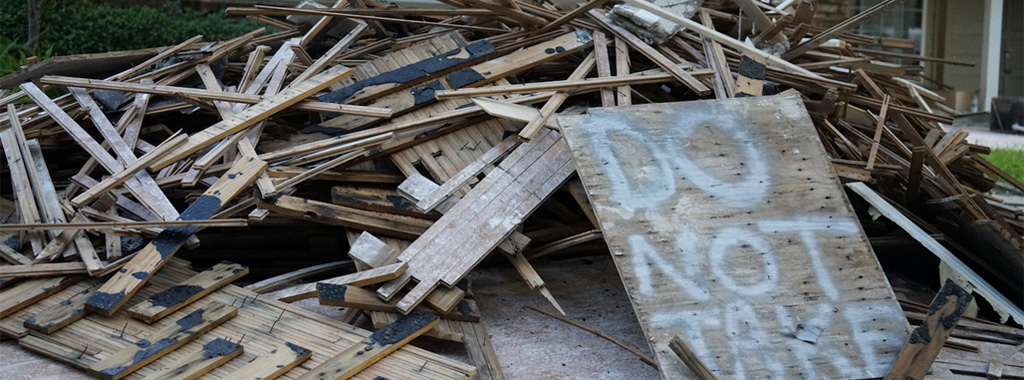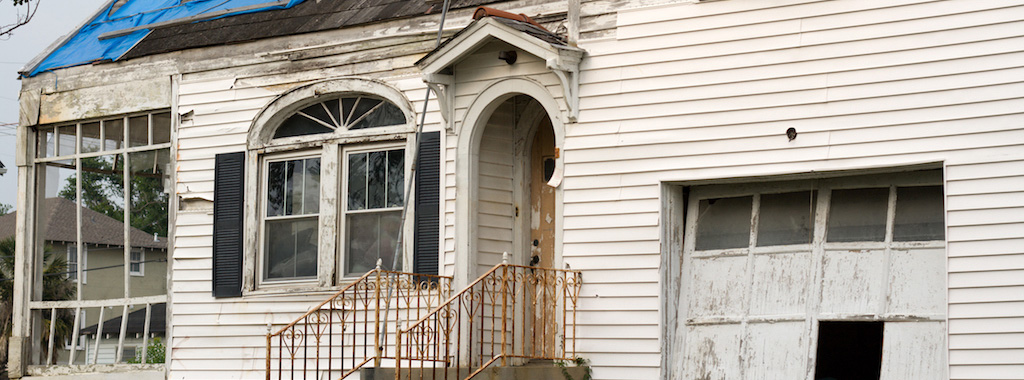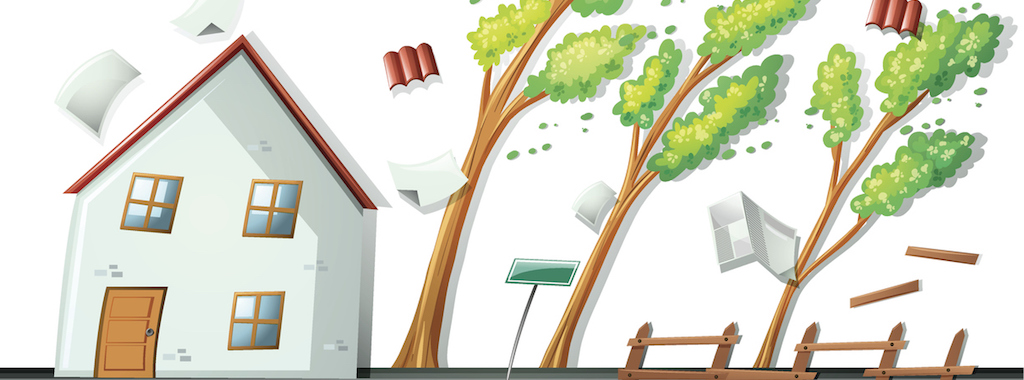Right beside my computer sits my favorite children’s book, Stone Soup, a classic tale of isolated and lonely villagers who come out of their dark homes to work together around a huge iron pot to create a delicious soup that everyone can share and enjoy. Ultimately it describes a journey to discover what makes people happy. The story has been retold around the world for generations with various elements adapted to reflect local cultures and traditions. I get emotional every time I read it because the longing for deeper connections is so firmly embedded within all of us that I can’t help but get swept up in its heartfelt message. I also believe this longing is the source of our company value No. 8, Give Back, and why the value of contributing to our communities is so important for many employees at Simpson Strong-Tie.
Continue reading “Simpson Étouffée: Building Back Stronger After Hurricane Ida”
Tag: Hurricane
How to Prepare for Hurricane Season
The Simpson Strong-Tie Mission is to “provide solutions that help people design and build safer, stronger structures.” Safety is an important part of the work we do and the products we provide.
In addition to supplying products that help make structures, and therefore people, safer, we also collaborate with outside groups that focus on educating the public about how to stay safe in the face of natural hazards.
Hurricane Season: Understanding High-Wind Home Preparation
As we’ve seen with the hurricane seasons of that past decade or so, homes are not always built to withstand a major storm. The hurricane season of 2017 was one of the deadliest and costliest seasons in US history. Countless homes and buildings were severely damaged or destroyed, leaving thousands of families displaced. It will take years for communities to rebuild and recover from such devastation.
Fortunately, there are solutions that can help protect your home from a hurricane or high-wind event.
Continue reading “Hurricane Season: Understanding High-Wind Home Preparation”
Picking Up the Pieces — Examining the Effects of Hurricane Harvey
From hurricanes and earthquakes to wildfires, floods, freezes, droughts, severe storms and more, natural disasters plagued the United States in 2017. The National Centers for Environmental Information (NCEI) reports that 2017 could be a record-breaking year for disasters that cause over $1 billion in damage. As of October of 2017, NCEI reported 15 such events in the United States, only one fewer than in the record year of 2011. Without going into the details of why these events occur — we’ll leave that to the scientific community — there are ways to prevent damage and destruction by building resilient communities and structures.
Continue reading “Picking Up the Pieces — Examining the Effects of Hurricane Harvey”
5 Steps to a Safer and More Storm-Resistant Home
As we’ve seen with the hurricane seasons of that past decade or so, homes are not always built to be storm resistant. During the 2017 hurricane season, countless homes and buildings were severely damaged or destroyed, leaving thousands of families displaced. It will take years for communities to rebuild and recover from such devastation.
Fortunately, there are solutions that can help protect your home from a hurricane or high-wind event. Building your home to meet or exceed code requirements can have a significant impact on whether your home withstands the next big storm. Many parts of the country follow the International Building Code, which establishes design standards for new home construction. If properly enforced, these codes help strengthen homes and protect them from storm damage.
Continue reading “5 Steps to a Safer and More Storm-Resistant Home”
Retrofitting Your Home for High Wind — 5 Questions to Ask Yourself
Nearly all parts of the country are subject to high winds. It’s important that your house is designed to withstand a high wind storm. Knowing whether your house is storm ready requires a few simple steps.
One of the first things to consider is where you live. Coastal areas, for example, are more susceptible to powerful winds such as hurricanes. Local building codes for these areas typically require homes to resist much higher wind speeds than inland homes. You’ll want to check with your local building department to learn about the codes that govern your area.
Continue reading “Retrofitting Your Home for High Wind — 5 Questions to Ask Yourself”







